Home Will Solar Panels Damage Your Roof?
Will Solar Panels Damage Your Roof?
There’s a decent amount of stories and confusions out there about solar panels and roofs. Many people believe that solar panels could damage their roofs, or if their roof is a bit old or not completely spotless, it isn’t suitable for a solar panel installation.
However, these concerns are unfounded. Solar panels have little impact on your roof and can even help extend its life. In fact, most solar panel installations come with a warranty covering any damage to your roof caused by the panels.
Table of Contents
ToggleHow are solar panels mounted to a roof?
There are 3 different ways to mount solar panels on your roof. They differen depending on your roof type. For shingles and metal a flush mount is used. For tiles a tile mount (creative name) is used
Here are the three main ways solar panels are installed on roofs:
1. Flush Mount
In a flush mount installation, the mount is fixed directly to the roof surface using brackets then rails are fitted to mount the panels. This type of installation is quick and easy and is generally used for shingles or or tiles.
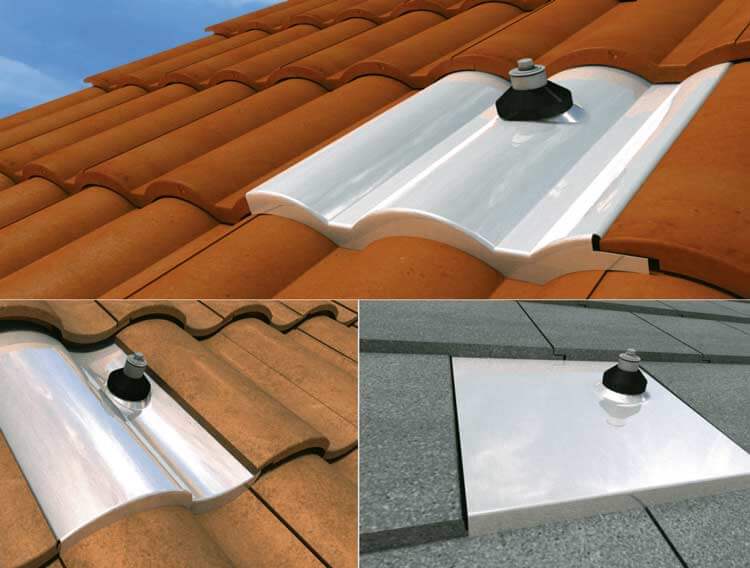
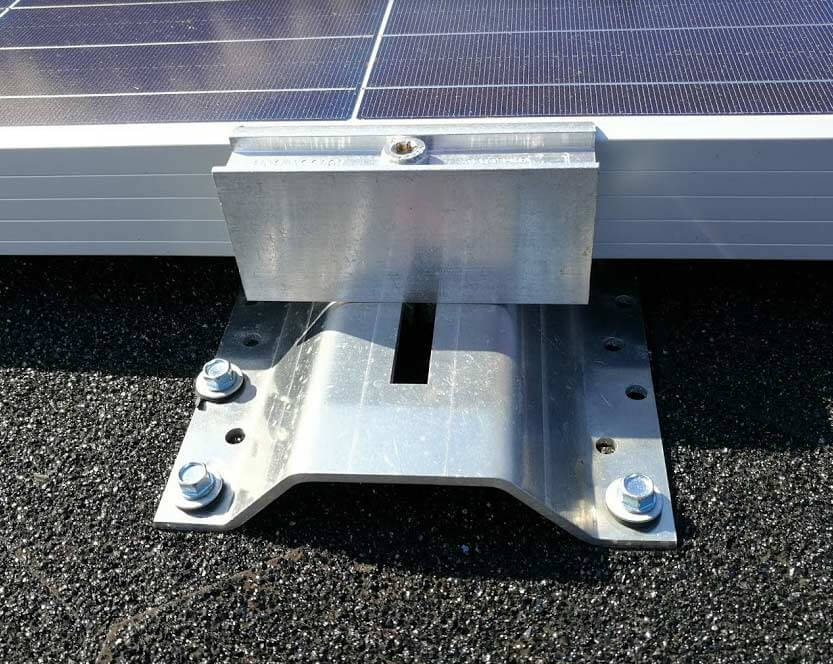
2. Bracket and rail
A tile mount installation is similar to a flush mount, but instead of mounting the panels directly to the roof surface, they’re mounted to the timber beams just below the tiles. This installation is more expensive than a flush mount as it is a little more time intensive, but it’s also more durable and longer-lasting.
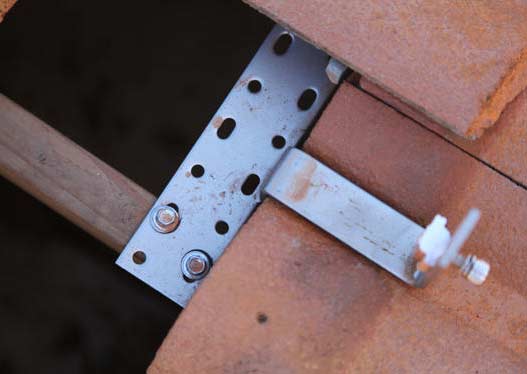
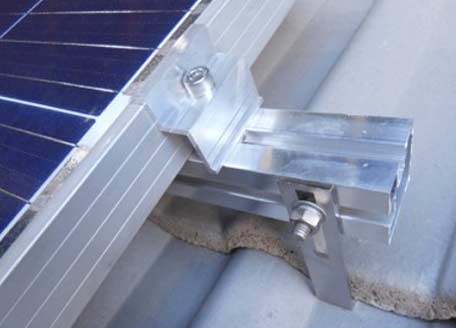
3. Roof clamps
A roof mount installation is best for mounting solar panels to a metal roof. It is very straigh forward and involves mounting the clamps or brackets to the top ridge of the metal surface. Rails can be added, but panels are generally mounted directly onto the brackets.
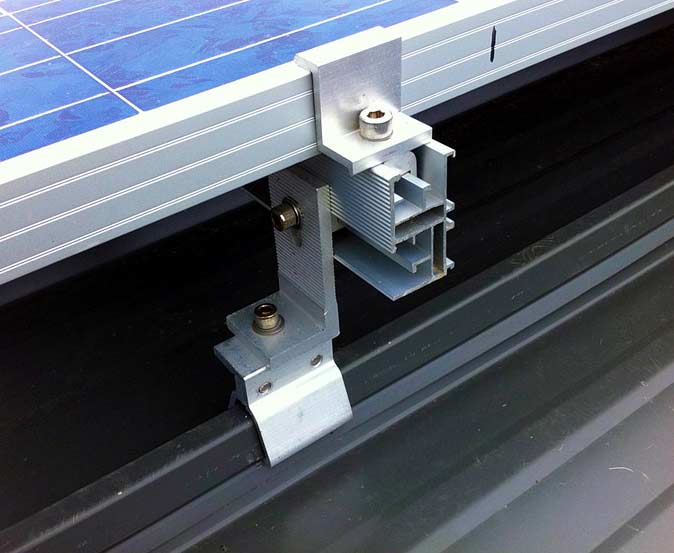
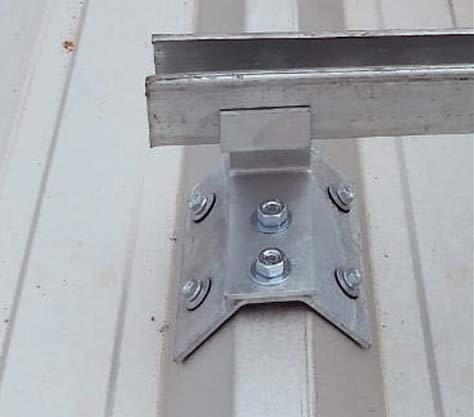
Ground mounted systems
If you have the space a ground mounted system is a great option, but it is also more expensive. Hols will need to be dug and cement poured to secure the upright posts, then rails fixed before finally mounting the panels.
A roof mounted system is easier and cheaper if your’re on a budget, but if you dont have enough roof space available.
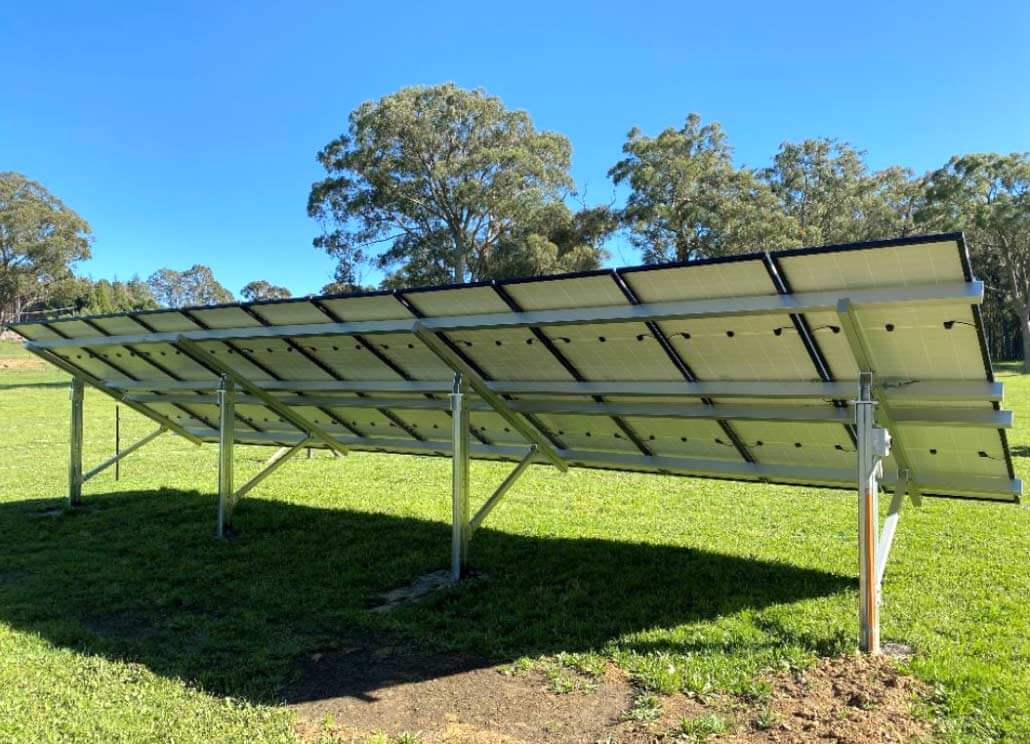
Pitch of you solar panels
When mounting solar panels orientation will need to be facing north if you live in the southern hemisphere like Australia, and facing south if you are in the northers hemisphere like in the USA or Europe.
The pitch refers to the angle the panels are mounted at. Anywhere between 23 and 35 degrees is the sweet spot. The pitch of most roofs is around that so
Things to consider before solar panel installation
Before going all-in with a solar installation, it’s essential to understand how the process works and what you need to do to prepare your home. Here are a few key pointers you should know;
What will your roof look like?
Depending ont he style of your roof, the panels you buy and the way they are mounted will play a huge role in the end result. We all want clean energy, but is it worth making your house ugly in the process.
Make sure you google they exact model of solar panel proposed by your installer so you can see the style. Find out how many will be installed and make sure they center them and make it look good.
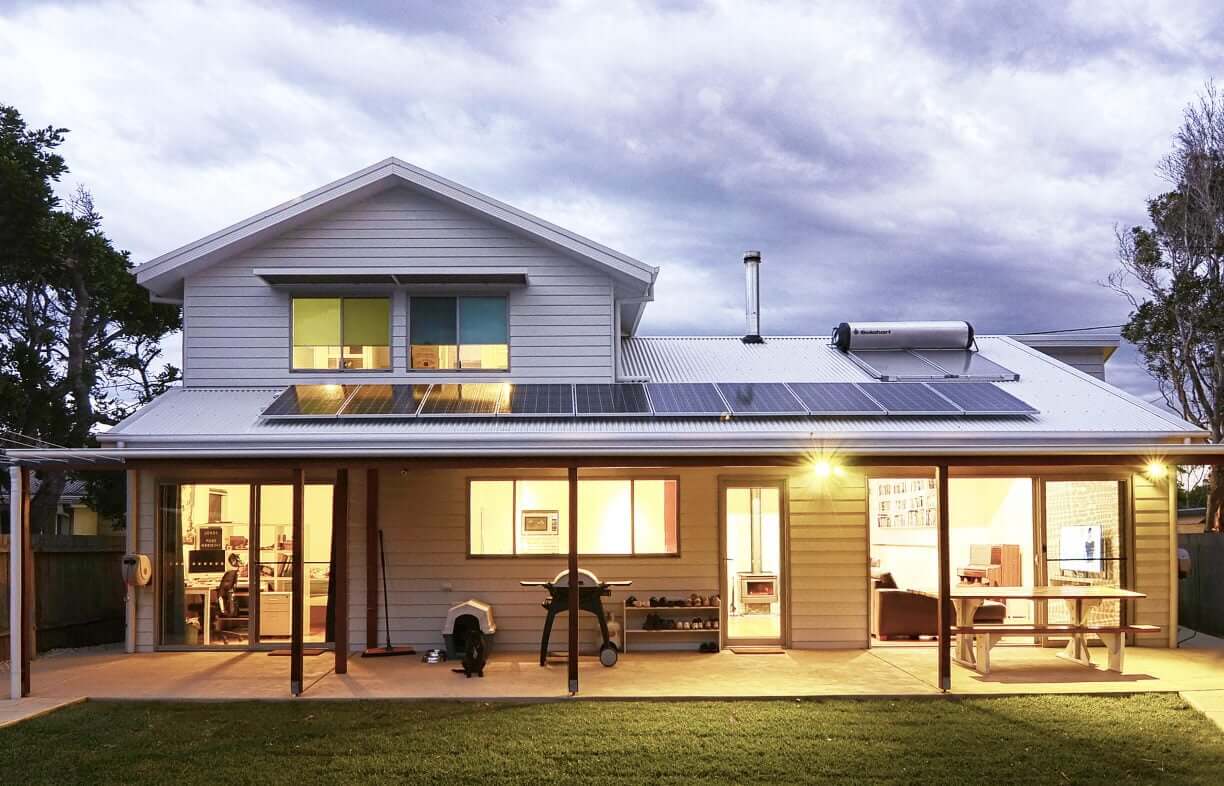
The long-term plans
Do you want to stay in that home forever? If not, you need to consider the future when considering solar panel installation.
It’s possible to sell your home with the solar panels attached, but you must disclose that to potential buyers. You may also want to consider a lease-to-own agreement for the solar panels if you plan to sell your home soon.
The direction of the roof
The direction the roof faces plays such a role in how much sun the solar panels can capture. South-facing tops are ideal, but the west- and east-facing roofs can also work.
North-facing roofs are the least ideal, but installing solar panels on them is still possible. You may just need to supplement the system with a battery backup to ensure that you have enough power on cloudy days.
The pitch of the roof
Another factor to consider is your roof’s pitch or angle. Solar panels work best when they’re installed on a steep roof so that they can capture the most amount of sun possible.
If your roof isn’t very steep, you may need to have fewer panels installed to compensate for the reduced amount of sun exposure.
The type of roofing material
The roofing material you have will also play a role in the installation process. Solar panels can be installed on most roofs, but some materials are easier to work with than others.
Asphalt shingles are the most common type of roofing material and the easiest to work with for solar panel installation. Metal roofs are also a good option but can be more expensive.
Tile roofs are another possibility, but they can be fragile, so it’s essential to choose an experienced installation team that knows how to work with them.
The shade around your home
Another thing to consider is the amount of shade around your home. Solar panels need direct sunlight to work correctly, so if there are a lot of trees or other structures blocking the sun, you may not get as much power from your system as you’d like.
You may need to install fewer panels or supplement the system with a battery backup if your home is shady.
Parting shot
Do solar panels ruin your roof? The answer to this question is no. Solar panels are beneficial for your roof because they protect it from the sun and other elements.
You may need to have your roof inspected more frequently after installing solar panels, but that’s usually just a precautionary measure.
Compare Solar Panel Quotes
Table of Contents
Toggle









